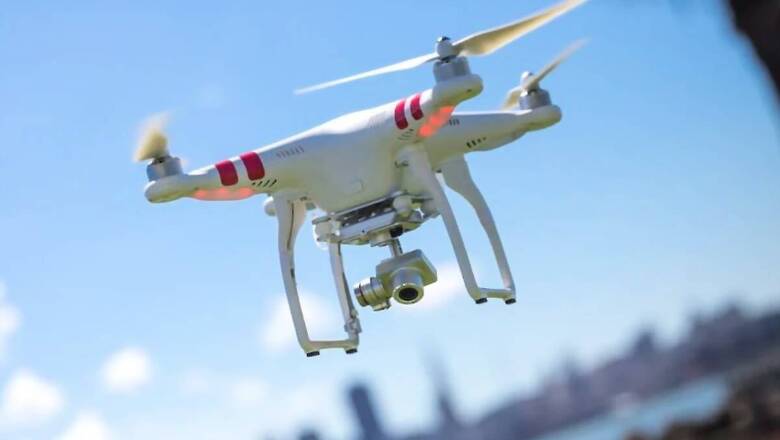
views
In the aftermath of the country’s first-ever drone terror strike on the Jammu air force station on June 27, the IAF now wants to acquire ten counter-unmanned aircraft systems (CUAS).
The Indian Air Force (IAF) issued a request for information (RFI) to seek responses from Indian companies for the counter-drone systems called CUAS, a day after the Jammu attack, which revealed operational deficiencies in dealing with small commercially-accessible drones packed with explosives.
“The CUAS is intended to detect, track, identify, designate and neutralize hostile UAS. Laser-Directed Energy Weapons (Laser-DEWs) are essentially required as a kill option,” said the RFI.
The Indian vendors must state the delivery schedule as the formal selection and procurement process begins in the third quarter of this year. The IAF wants to start delivering the CUAS as soon as the deal is signed and complete it within a year.
The vendors must also state if the CUAS is designed, produced, and manufactured in India or whether it will be built via a technology transfer agreement with a foreign company.
The CUAS should provide a “multi-sensor, multi-kill solution” to effectively enforce no-fly zones for micro and mini drones while causing “minimum collateral damage” to the environment.
Active phased array radars with 360-degree coverage and a 5-kilometer range, RF (radio frequency) sensors, electro-optical, and infrared systems should all be included in the sensors.
Global navigation satellite jamming systems (GNSS) should be utilised in the “soft kill” settings to disrupt or spoof the GPS, GLONASS, BeiDou, and Galileo used by drones. The Laser-DEWs will then be used to complete the “hard kill.”
“All the ten CUAS are required in mobile configuration mounted on indigenous vehicles with cross-country capability and powered by indigenous electrical power supply systems,” said the RFI.
Last week, Air Chief Marshal R K S Bhadauria said the IAF had a limited number of “soft kill” jammers and “hard kill” counter-drone systems to disrupt the command-and-control links of small drones, but they had not been deployed at the Jammu air station because it lacked “critical assets” like fighter jets.
IAF is working closely with DRDO on its anti-drone systems, which include directed energy weapons such as lasers and are nearing completion of their trials. “It’s a new kind of threat. Many of the projects have already been undertaken and some of the systems were already fielded,” he had said.
DRDO has developed two anti-drone DEW systems, one with a 10-kilowatt laser for 2-km range engagement and the other with a 2-kilowatt laser for 1-km range engagement. But they are yet to be productionized en masse, reports state.
Read all the Latest News, Breaking News and Coronavirus News here.


















Comments
0 comment